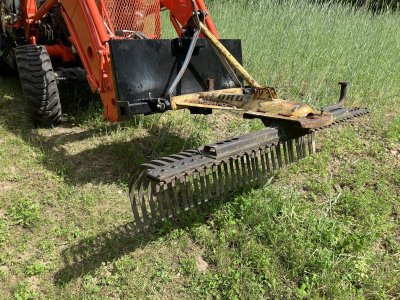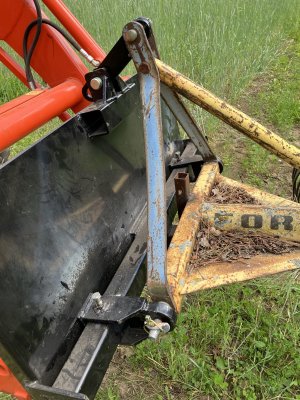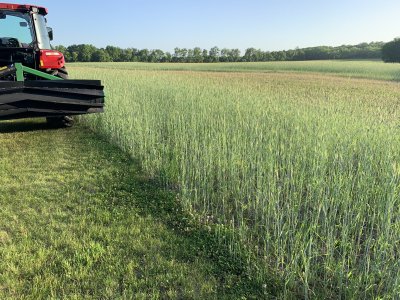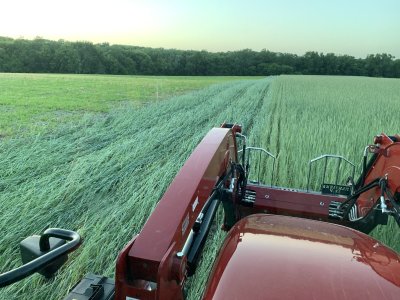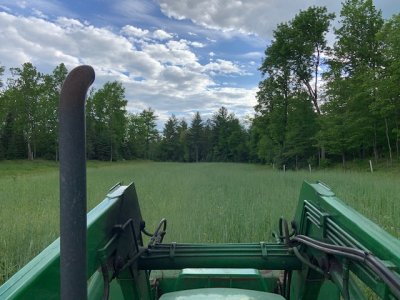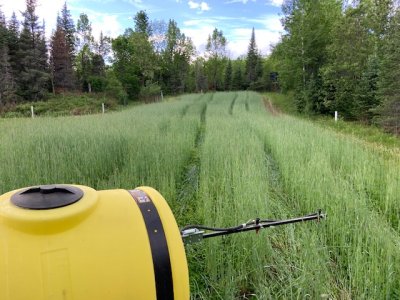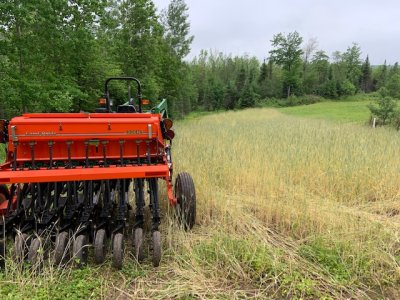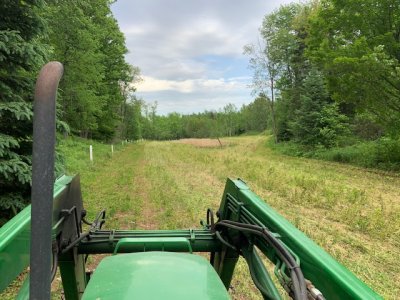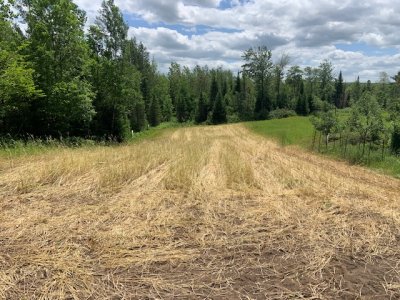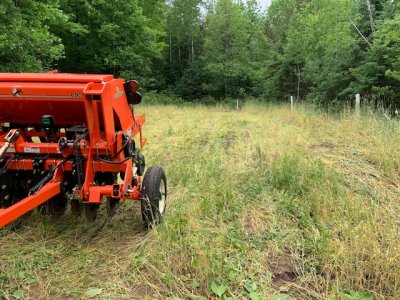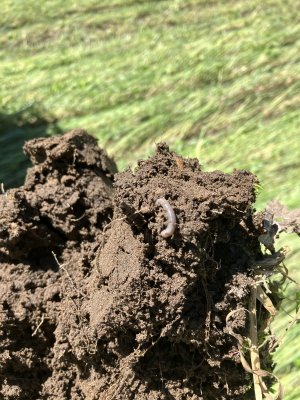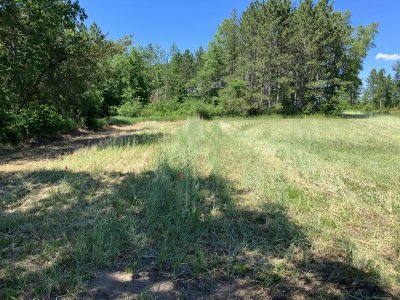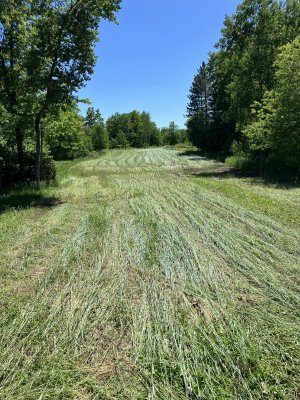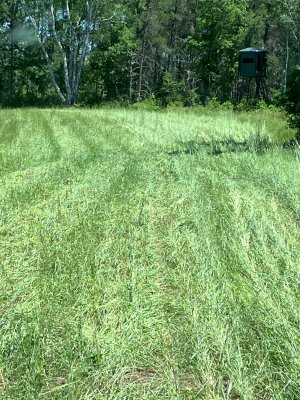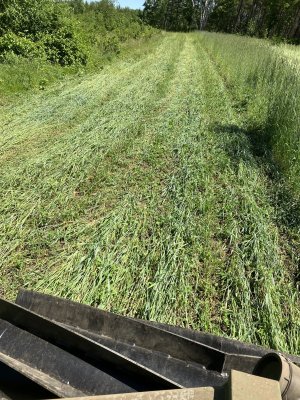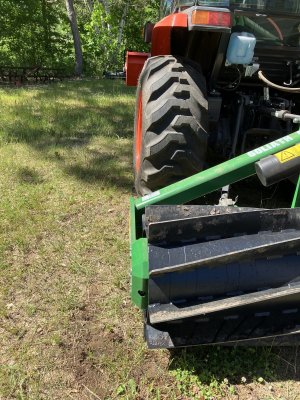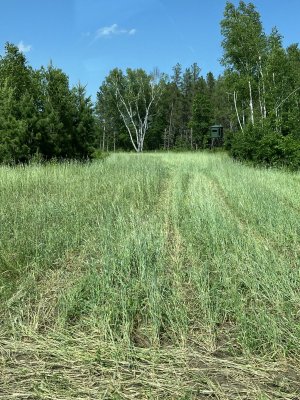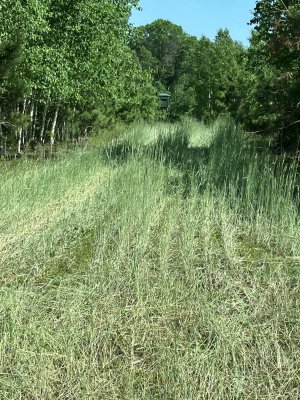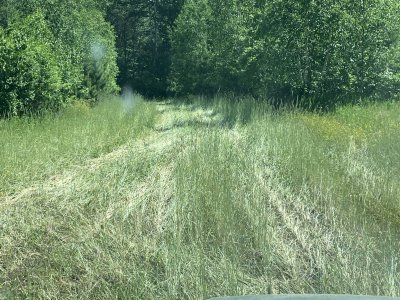Foggy…I will try not to make this post too long, but have made a number of observations. First, YES, I filled mine up completely with water to get all the weight I could get. My ground is sandy loam, which if more dry, would crimp really well. BUT…we have had rain 3 out of the last 4 days and the Rye is at that “go” time, so like you, I didn’t want to wait too long and end up with viable seed on it.
Is there any moisture in the seeds…there is, it is not much, and when squeezed, it doesn’t “run” out of the seed like I have seen in YouTube videos, however, it is still in “dough” stage according to the agronomist. It can and will be terminated at this stage. To put it simply, you want to terminate at a time that the plant no longer can recover and re-establish a viable seed. Think…corn…if hail hits it before it is roughly 3 feet tall (there is an actual leaf count stage but I wont go that far in depth) it can still recover and produce an ear which will get you only a percentage of a crop insurance claim value. But if the corn gets hit by hail after the silk stage when it is pollinating, the plant can no longer recover and the crop is considered 100% loss. I hope that makes sense.
So to make this story short, I opted to terminate mine now that it has pollinated, can no longer recover, and produce viable seed with the fact that my soybeans (1/2 the field) and my Summer Release Blend (the other half of the field) is about 6 inches tall inside that Rye and the trade off of not crimping too much of my current crop of summer food while trying to terminate the Rye. If I only get 75-80% termination, that is plenty good enough. That little bit of viable rye wont bother anything in the big picture since I will be sowing more of it this fall anyways.
Hope these observations help. I am by no means a “pro” at this and am learning right along with you guys. My family has a large cash crop farm operation (corn, soybeans, wheat) and we also sold Pioneer seed for over 25 years with an agronomist on staff. We have used no till practices with soybeans and wheat in the past, but the economics of it in large ag don’t always pencil out. I’m talking 5000 plus acres though. This no till “experiment” for me is deer habitat on a couple farms that I have that I don’t farm for profit and would like to see if the soil building works as advertised.
Please chime in with questions and your own observations, and call “bullshit!” If you think I’m off base. Thats how we learn and I am completely open to any input as well.


